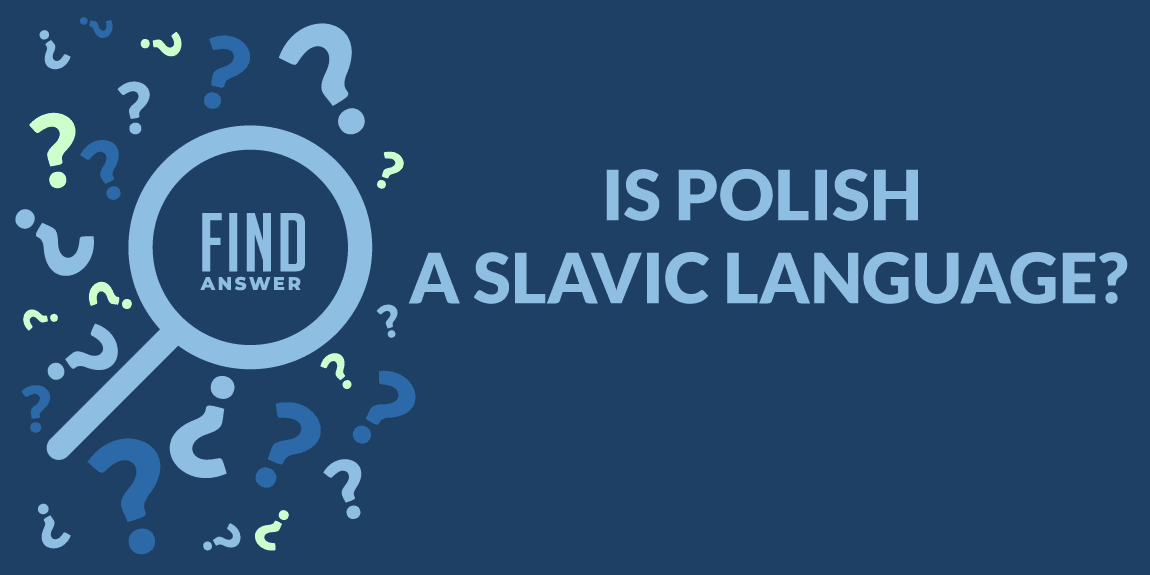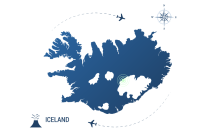The Polish Language
The Polish language may sound very similar to other Slavic languages, but it isn’t one itself—at least, not entirely. Polish did originate from the Slavic branch of languages, but as time passed, it developed its distinct grammar, vocabulary, and pronunciation. In fact, according to Poland’s government website, Polish shares less than 80 percent of its linguistic roots with the other two main Slavic languages—Russian and Ukrainian—and that’s why it’s considered its independent branch of the Slavic language family tree.
Central Europe and East European regions exhibit linguistic richness, with Polish vocabulary, regional dialects, and minority languages. The Polish diaspora contributes to language diversity, and academic institutions like Adam Mickiewicz University delve into the study of ancient Indo-European languages. In the broader context of Central and Eastern Europe, historical regions like East Prussia are explored through publications from Cambridge University Press and the University of California.
Poland and Languages
Despite being surrounded by Slavic languages (including Ukrainian, Czech, Slovakian and Russian), many linguists claim that Polish is not a member of that language family. That doesn’t mean it isn’t related to other Eastern European languages—Polish is said to have been influenced by neighboring tongues—but rather that it exists as its unique language.






